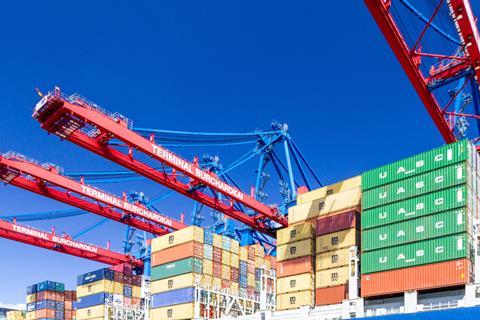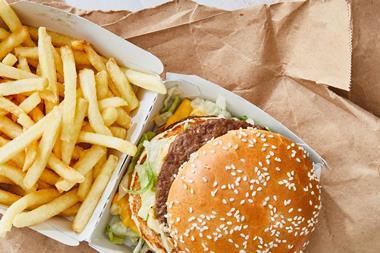
During the mid-October pause in talks between the UK and the EU on a possible free trade deal, the government launched a high-profile publicity campaign urging businesses to prepare for the many changes which will take effect from 1 January next year, with or without such an agreement.
This essentially referred them to gov.uk/transition to check what actions they needed to take. Easier said than done, as anyone who has tried this will know. Apart from having to enter a short life history just to get going, you quickly find yourself in a ‘needles and haystacks’ world of detail that would confuse many a trade association expert, let alone hard-pressed company managers working flat out to keep the nation fed during the Covid pandemic.
And all this after two ‘no deal’ dress rehearsals earlier in the Brexit process, when we could literally have crashed out with no transition at all. It was back then that the Food & Drink Trade Association Roundtable was convened by the FDF’s Ian Wright as both a powerful stakeholder voice with government and as a forum to pool expertise for the collective benefit of the industry as a whole.
A key part of that was a sub-group I led to set up a website drawing together the best available food-specific information, with FAQs and links to official sources, here and in the EU. We paused that work as soon as the withdrawal agreement was in place, providing what we hoped would be an orderly path to the future, accompanied by a fully-fledged government communications exercise taking over from where we left off.
But with all options still on the table – and member companies flooding us with requests for help – we have spent the past few weeks bringing the website back up to date and are now ready for a full relaunch.
The new version can be found at euexitfoodhub.co.uk. It is a collaborative project with around 30 partner organisations. The aim is to provide a user-friendly navigation route to the latest official guidance and advice, updated in real time. As before, this is divided into topics such as exporting, importing, transport and labelling, each with its own set of FAQs. There are also introductory sections describing the key changes and checklists of actions to get people started.
We do not pretend to have answers to everything. But we also think it is helpful to tell people what we don’t know, not least to save them time looking for things that don’t yet exist.
Nor are we setting ourselves up to second guess or compete with what government itself is doing. We are trying to be the quick start guide to the full user manual. And the sooner we are not needed the better. But the clock is ticking very loudly now – whatever the negotiators decide.



















No comments yet